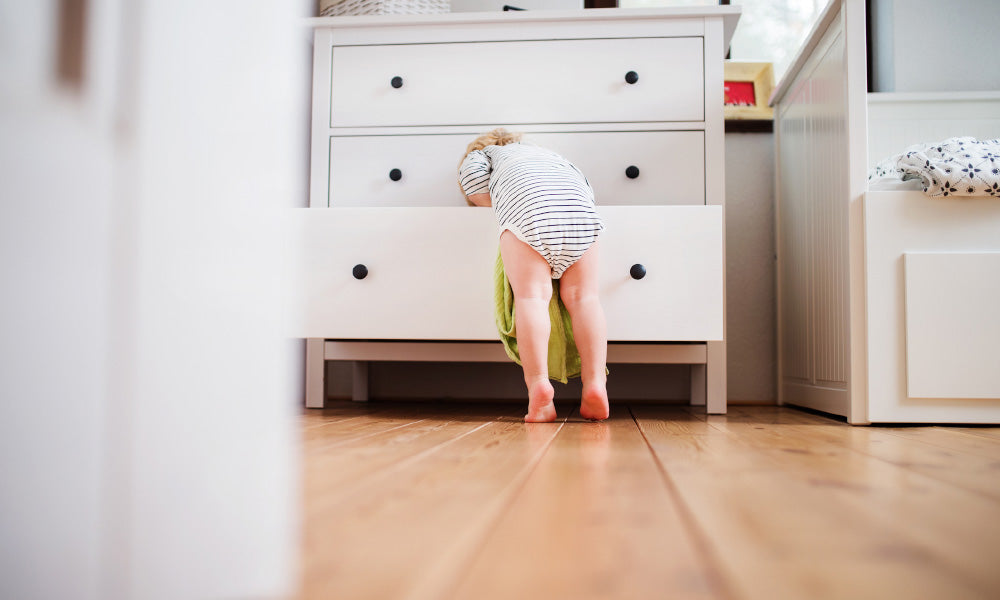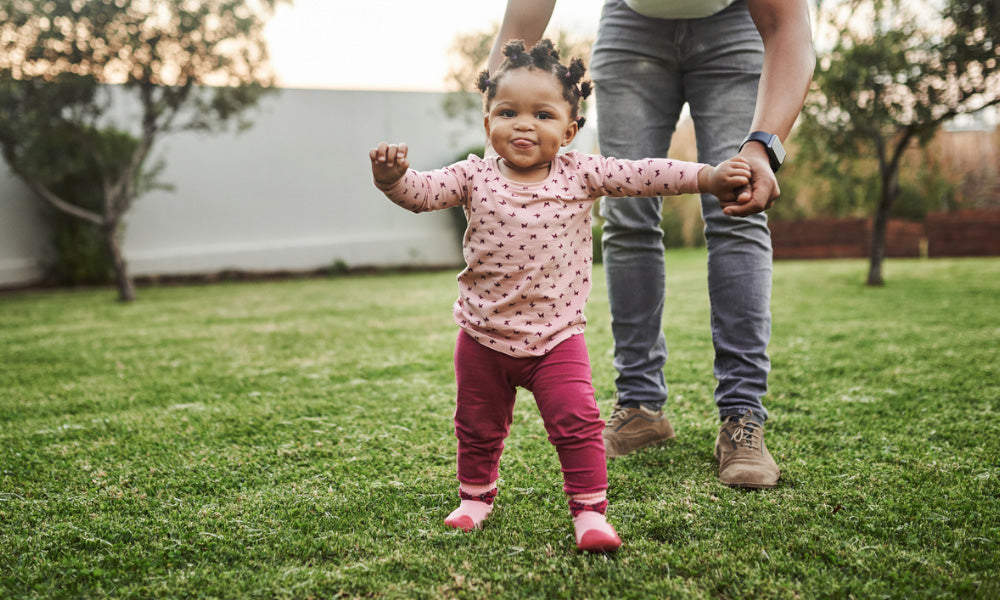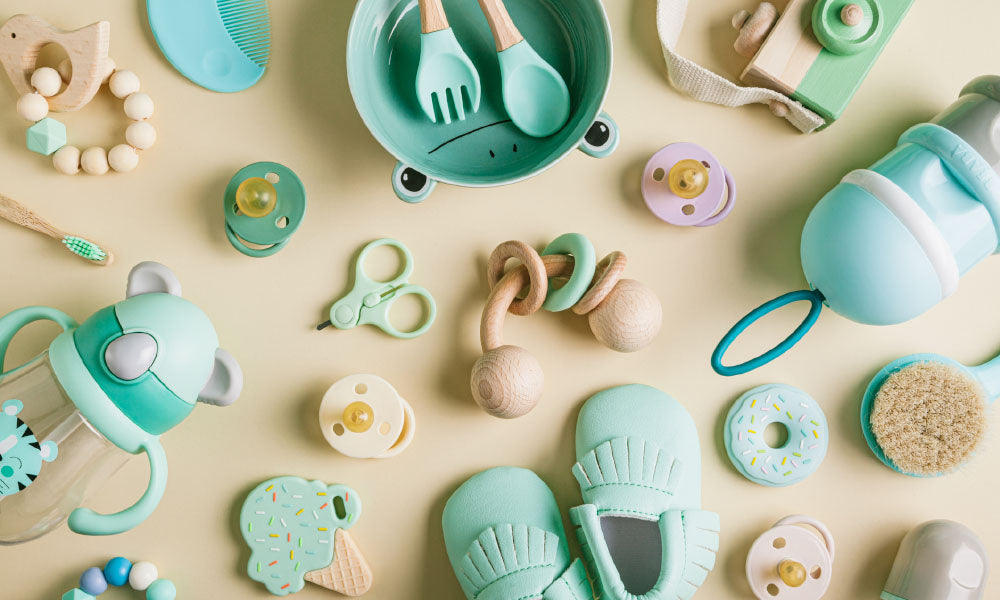It’s perhaps the most magical, exciting, and terrifying time of your life. You’re bringing a new baby into your home. That means providing the happiest, healthiest, and safest environment for your little one to grow up in.
Unfortunately, though, preparing the perfect nest for your sweet bundle of joy isn’t necessarily easy or obvious. In fact, babyproofing your home can quickly become overwhelming if you don’t have a plan. The good news, however, is that there are some simple steps you can take to protect your new addition without losing your mind.
Start With a Deep Clean
Infants are so tiny and so fragile that it can feel natural to want to treat them as delicately as a Faberge egg. Fortunately, little ones are often far more resilient than they may appear. So, no, you shouldn’t give in to the temptation to envelop every surface with bubble wrap or carry your newborn around in a customized hazmat suit.
Instead, you need to begin by identifying and addressing legitimate sources of concern. For instance, children’s immune systems take many years to develop fully. This means that time spent protecting your child from exposure to potential allergens, bacteria, and other contaminants is likely going to be time well spent.
Thus, one of the first and most important things you can do when you’re babyproofing your home is to give it a good deep clean. For example, if it’s been a while since you last had your carpet cleaned, it may be making you or your baby sick. Dirty carpets are sometimes found to harbor mold, mildew, bacteria, and other irritants that you may not notice but that your baby, with its delicate respiratory system and immature immunity, certainly could.
Ensure Home Systems Are in Prime Working Order
Another attribute of babyproofing that you might not have considered is whether or not your home appliances and systems are in safe, working order. For instance, it can be quite easy to forget to have your laundry dryer routinely inspected and maintained, from ensuring the machine is functioning properly to checking for clogged drains and vents.
Unless your ductwork and machine are clean and functional, you may well be putting your home, and baby, at risk. For example, improperly maintained dryers may run too hot, posing a significant fire hazard that can instead be prevented with routine inspection and cleaning.
Spend Your Time (and Money) Wisely
When you’re trying to babyproof your home, there are lots of gimmicks out there. However, it’s important not to rush out and buy every gadget on the market just because it claims to make your home safer for your baby. Many of these little gizmos promise far more than they can deliver and, though there’s certainly nothing more important than the well-being of your little one, there are often far better ways to secure it.
For instance, many new parents rush out to buy mountains of outlet covers for the entire house. The reality, though, is that the risk of electric shock for infants and children is exceedingly low. Similarly, studies have shown that even very young toddlers can learn to remove or open outlet covers in a stunningly short period of time. What that means, ultimately, is that outlet covers often offer only a false sense of security for a very minimal threat.
If you want to get the best results when you’re working to babyproof your home, then you need to focus on the greatest threats and the most time-tested solutions. Cabinet locks, for instance, are often very difficult for even the savviest of toddlers to circumvent and can protect little ones from common threats, such as accidental poisoning, entrapment, or pinching injuries.
Among the most significant hazards young children face involve water, including accidental drowning in pools and bathtubs, as well as scald injuries incurred in the kitchen and bathroom. Fortunately, there are many simple steps you can take to reduce these risks. For example, pools should always be surrounded by a childproof fence with a gate secured by a sturdy lock such as a deadbolt.
In addition, children should never be left unattended in the bath, and hot water heater temperatures should be lowered to reduce the risk of burns while bathing. In the kitchen, pots and pans should always be placed on rear burners, with the handles turned inward to ensure tiny hands can’t grasp them. Likewise, countertop appliances, such as crock pots or griddles, should be pushed far away from the counter’s edge.
The Takeaway
Transforming your home into a fortress of love and safety for your new baby is one of the most important tasks you will ever undertake. However, babyproofing your home requires a bit of advanced planning. Often, the most significant threats emerge where you least expect them, from malfunctioning appliances to contaminated carpeting. With a bit of effort and strategy, though, you can create the perfect nest for your little one to thrive and grow in.



